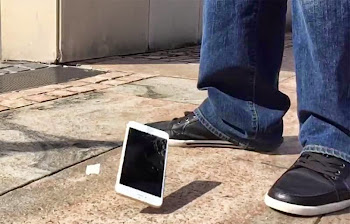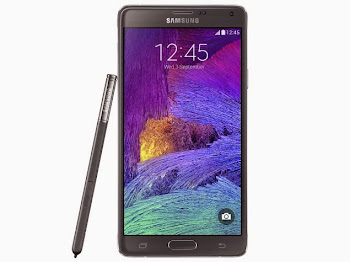The Desire 816, introduced at MWC in February of this year, has been one of HTC's unheralded successes. Featuring bold bright colors, the company's signature BoomSound speakers, and a generously proportioned 5.5-inch screen, it appealed to the more budget-conscious buyers eager to have a big entertainment device while on the move. HTC is sticking close to that winning formula today with the introduction of the new Desire 820. It still measures 5.5 inches across, it still has a 720p resolution, and its rear camera still uses a 13-megapixel sensor. And yes, the bold colors are back and bolder than ever.
What makes the Desire 820 different, however, is that it's among the first Android devices to ship with a 64-bit-capable processor — Qualcomm's octa-core Snapdragon 615 — which will be supported by the upcoming release of Android L. That may or may not make a difference in performance during the phone's lifetime, but it's a nice step en route to making even smarter and more capable chips.
Another headline item that may be of dubious benefit is the 8-megapixel front-facing camera on the Desire 820: it packs a lot of pixels, but what will they mean for the eventual image quality? After all, HTC is the company that tried to convince us — with the UltraPixels on its HTC One cameras — that it's not the quantity but the quality of pixels that make the camera what it is. In any case, the Desire 816 was an oversized phone conscious of the current craze for selfies and the Desire 820 is even more so.
EVER WANTED THE OPTION TO MERGE YOUR FACE WITH SOMEONE ELSE'S? NOW YOU HAVE IT
HTC is throwing in a real-time Live Makeup mode where you can preview and adjust the amount of skin softening you want for your selfie. It's a feature that's already made its way to LG's camera software, though HTC is going one step further with a separate option to let you merge your facial features with those of a friend or a celebrity. Or a perfect stranger with excellent bone structure. It'll be creepy whichever way you choose to use it.
The two-tone look of the Desire 820 is distinctive and appealing. It's a unibody polycarbonate shell, treated with what HTC describes as its double shot color technology. Most options are glossy, but there will also be a matte Tuxedo Grey model for those who prefer a more demure smartphone. To add yet more color and personalization, the 820 will have its own version of HTC's celebrated Dot View case. The Desire 820 will be available globally from the end of September and will have a dual-SIM variant in select locations. The price in Germany, where the new Desire has debuted at the IFA trade show, will be 329 euros off contract.































